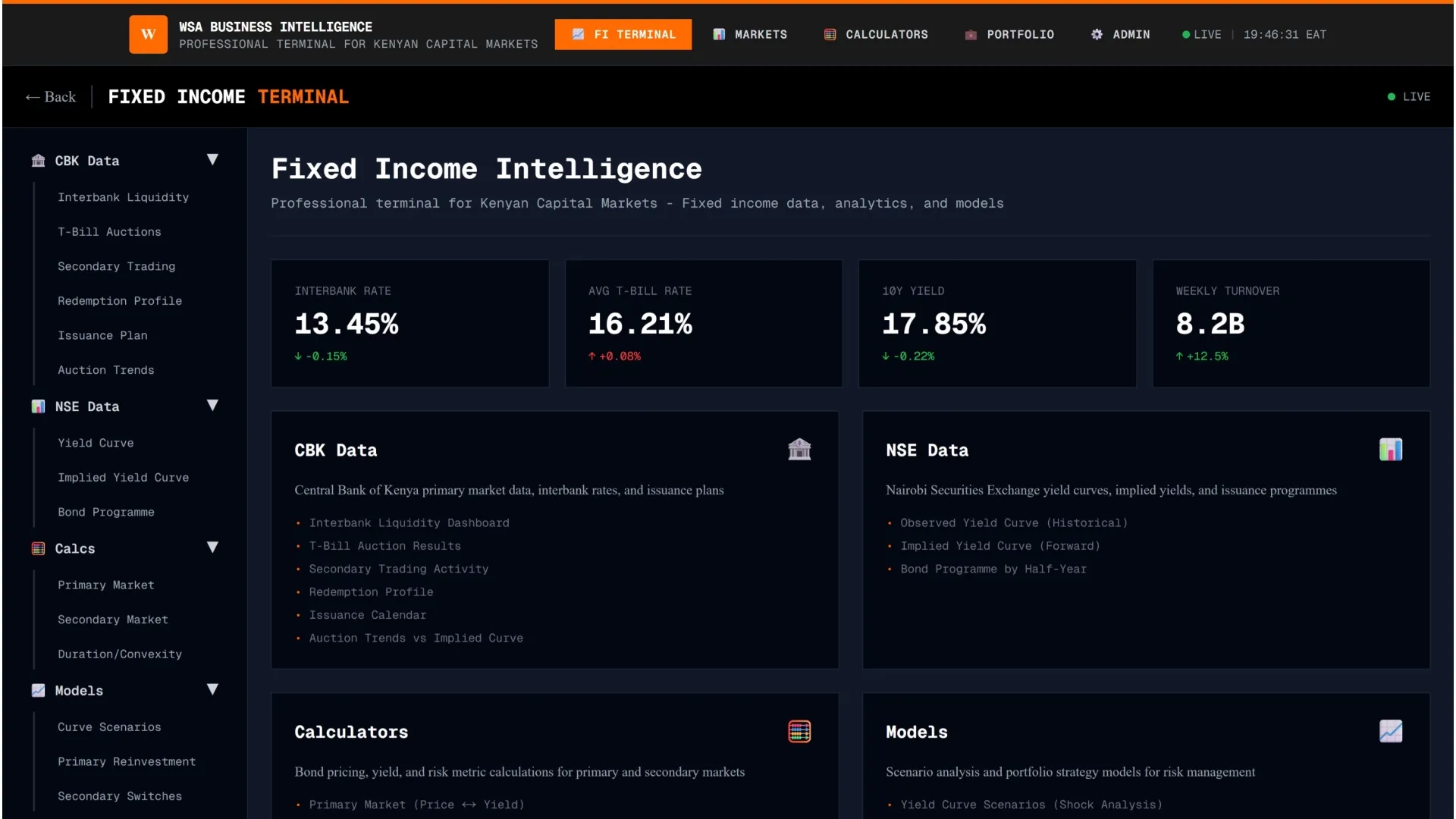South Africa and Kenya remained leading destinations for private capital flows in Africa, recording 84 and 83 transactions respectively in 2024, the Africa Capital in 2025 Report by Stears reveals.
- •In Kenya, the financial services sector was the most attractive, helped by notable deals to I&M Group and NCBA Group.
- •AfricInvest provided US$50 million in debt financing to I&M Group in June 2024, while NCBA Group received a similar US$50 million Proparco in March 2024.
- •South Africa saw most deals in the industrial sector which totaled 18 deals followed by financial services (12 deals), energy (11 deals), and technology (10 deals).
“Debt and structured financing became a more prominent feature of the landscape. Southern and East Africa continued to lead in deal volume, but new energy and infrastructure plays in West Africa started changing the balance,” Stears noted in the report.
The report highlights a 30% increase in private debt transactions cross Africa, particularly in high-growth sectors such as renewable energy, infrastructure, and financial services.
In Kenya, energy witnessed notable deals, including Mergence Investment Managers’ US$9 million debt package for Solarise Africa and SunCulture’s US$27.5 million Series B raise.
In late 2024, Cygnum Capital, Infraco Africa and the Dutch Development Bank FMO provided US$15 million in debt and equity financing to Mawingu Networks Limited – Kenya’s largest rural-focused Internet Service Provider (ISP), to support its acquisition of Habari Node Limited (Habari), a 25-year-old Tanzanian rural-focused ISP.
“Meanwhile, private investors are navigating a more complex environment, balancing opportunity with currency risks, regulatory uncertainties, and the sheer unpredictability of global markets,” Stears added.
Among other significant deals included US$27.5 million to SunCulture Kenya, US$47.5 million to Two RiversTRIFIC SEZ, US$41.5million to BasiGo, US$20 million to Hewatele, US$12 million to Dune Packaging and an undisclosed sum to Camino Agencies.
The 2024 Environment
According to Stears, the June protests catalysed significant positive change in the country despite temporarily dampening investor sentiment, particularly among foreign investors with diverse global options.
The monetary policy reforms since August 2023 which included introduction of an interbank interest rate corridor and adoption of a market-based approach to foreign exchange rate reporting enhanced inflation control, liquidity management, and currency stability.
“These reforms have strengthened the predictability and transparency of Kenya’s financial markets, making the country more attractive for private capital inflows,” Stears noted in the report.
In February 2024, Kenya issued a US$1.5 billion Eurobond buy back to partially settle the inaugural $2 billion Eurobond due in June 2024. In May 2024, the World Bank approved US$1.2 billion in funding under the Kenya Fiscal Sustainability and Resilient Growth Development Policy Operation (DPO) and a subsequent US$606 million in IMF disbursement in October 2024.
According to Stears, the timely funding measures by the government took on structural constraints in Kenya’s public finances by easing fiscal and external liquidity pressures while promoting investor confidence.
The Economic Partnership Agreement (EPA) with the European Union, signed in December 2023, and effected in July 2024 allows for Kenya’s exports to receive duty-free and quota-free access to the EU market. This supported Kenya’s agricultural and industrial sectors, creating new growth opportunities.
In 2024, Moodys, S&P Global and Fitch downgraded Kenya’s long-term sovereign credit rating to “B-” from “B,” citing fiscal and debt concerns following the withdrawal of the Finance Bill 2024. However, the outlook remains stable, reflecting expected strong economic growth and continued access to concessional external financing to balance pressures from slower fiscal consolidation and structural external imbalances.
The 2025 Outlook
Kenya’s medium-term outlook remains cautiously optimistic, with projected GDP growth of 5.1% in 2025 and 5.5% in 2026, driven by private investment, export growth, and consumer spending, supported by easing inflation and improved credit availability.
However, the report notes that long-term growth remains constrained by structural challenges, high public debt, climate risks, and limited fiscal space.
“Improved private sector credit growth, stabilising inflation, and a favourable business climate are expected to encourage private investment across key sectors such as infrastructure, agribusiness, and manufacturing,” they added.
According to Stears, the CBK is expected to cut interest rates further by 25–50 basis points in 2025 with inflation to remain broadly contained, supported by low fuel inflation, stable food prices, and exchange rate stability. Currency and interest rate risks are expected to remain moderate, with the Kenyan shilling likely to remain stable, underpinned by strong foreign exchange reserves.
The Kenyan shilling is largely expected to maintain stability in 2025, with Stears expecting it to exchange at 132 to the dollar as at year end.Calm inflationary pressures are to remain calm, reducing the likelihood of significant rate hikes, though continued government borrowing may exert upward pressure on interest rates.
Kenya’s investment arena is expected to experience a cocktail of challenges including political instability, legal and regulatory uncertainties coupled with low-income levels which would limit consumer spending.
“However, the government’s commitment to cutting expenditure, access to international capital markets, and IMF funding should help mitigate the impact,” Stears noted.
Politically, the environment has stabilized, reducing immediate risks for 2025-2026, though the potential for social unrest and governance challenges keeps political risk relevant.




